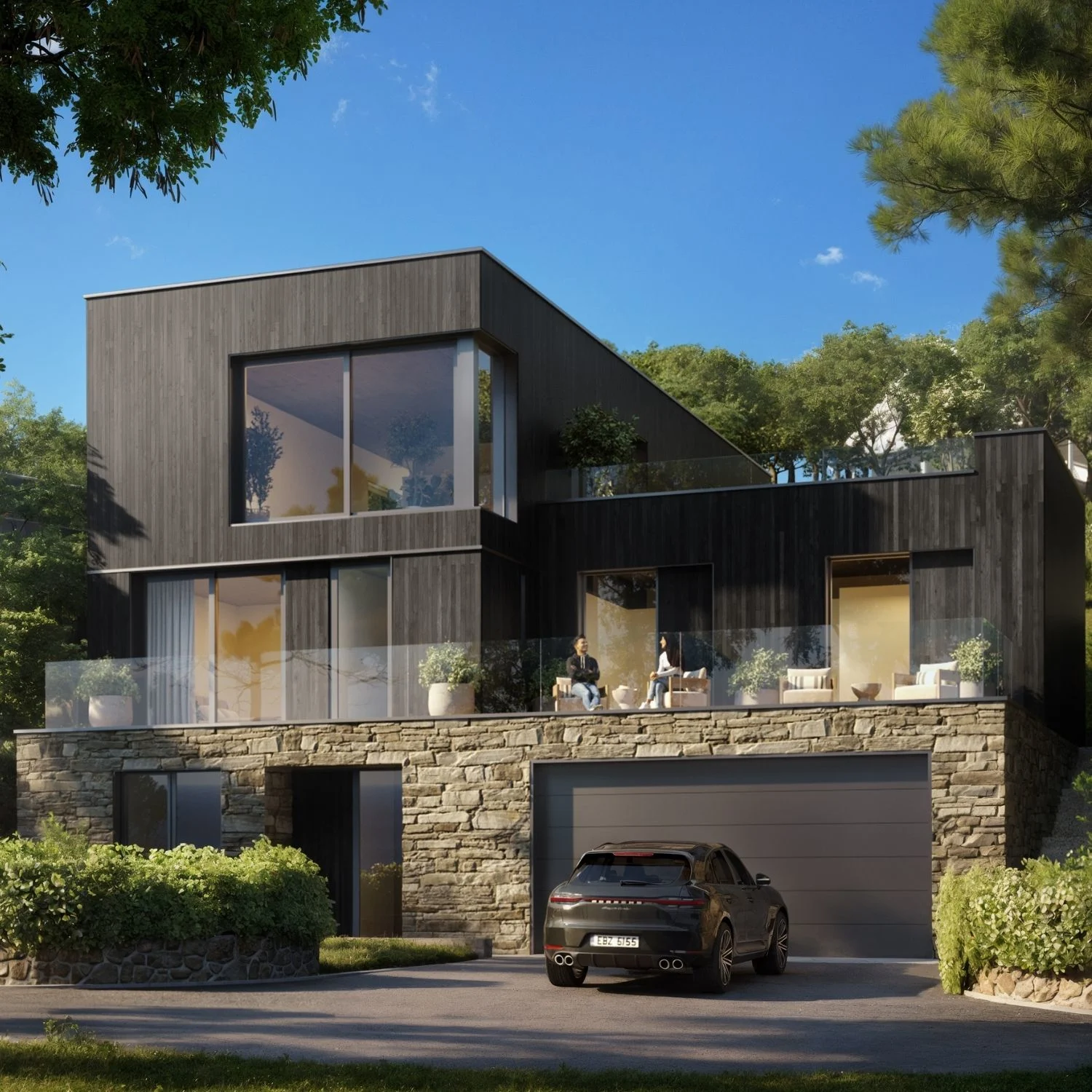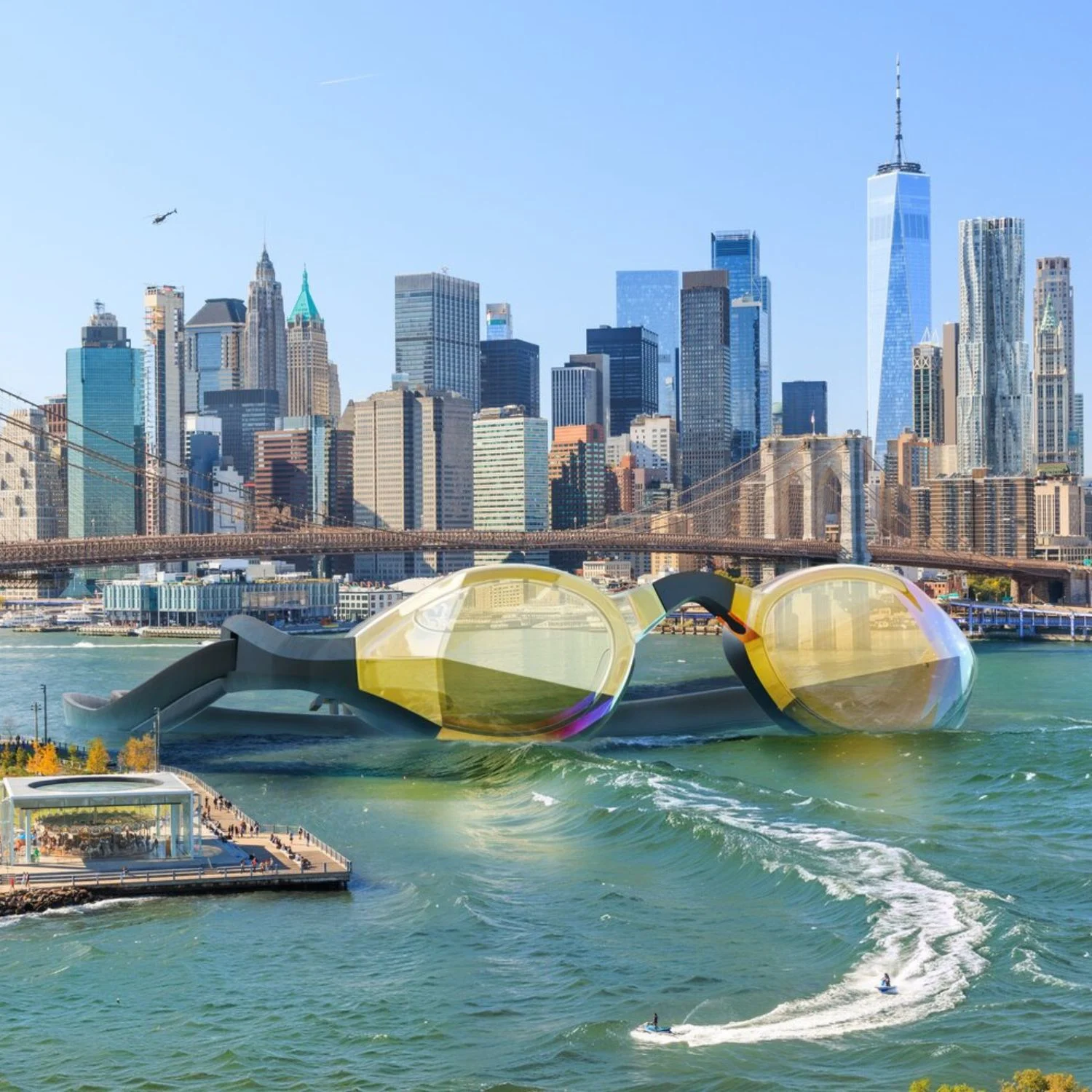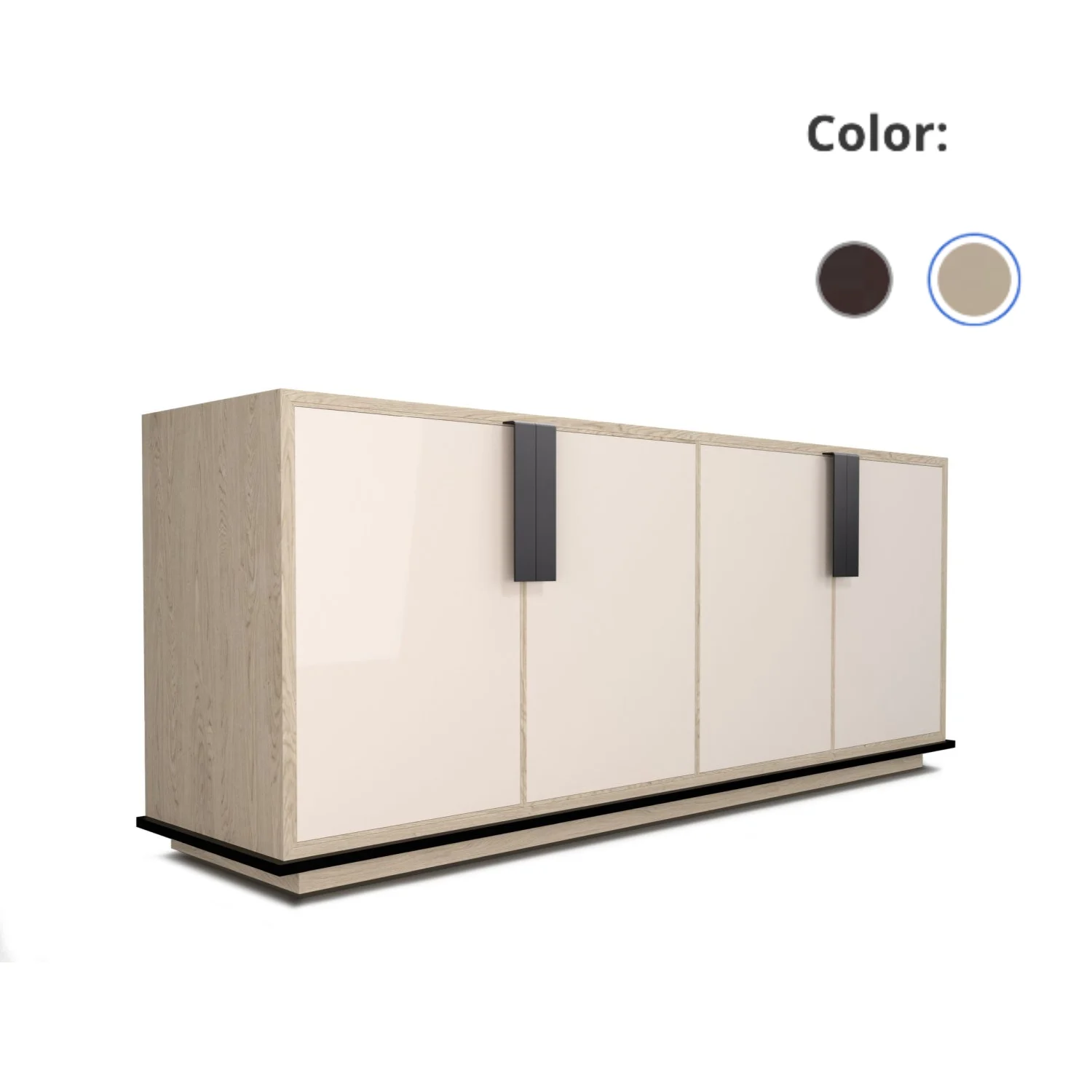Landscape Rendering in Architecture: Boosting Design Accuracy and Client Communication
Discover how to choose the right landscape rendering partner to improve design and communication.

Creating inspiring outdoor environments requires more than creativity. This process requires precision and clarity of communication. Landscape architects and developers often struggle to convey their vision to clients. Especially if they only use traditional 2D plans. This is where landscape renderings transform the process.
Rendering allows professionals to visualize realistic outdoor spaces before construction begins. It combines artistry and technology, making designs sharper and presentations far more persuasive.
What Is Landscape Architecture Rendering?
Landscape architecture renderings are the creation of realistic 3D visualizations of outdoor environments. These could be 3D gardens, squares, resorts, or city parks. Here we see the precision of architectural modeling and the creativity of design.
Through visualizations, designers can simulate every detail. The screen will show materials, lighting, vegetation, topography, and seasonal changes. Unlike basic sketches, renders provide an immersive experience. It allows clients to “walk” through a space before it’s built.
Landscape render allows you to see, understand, and approve the project concept. It bridges the gap between imagination and reality. You can see everything in 3D, from public parks to resort areas and urban development.
Why Landscape Renders Are Important
Modern projects need collaboration among architects, developers, and city planners. The situation is that everyone has different priorities. Landscape rendering services simplify that communication. They are turning technical plans into visuals anyone can understand. They ease interaction and provide an optimal vision of the landscape layout. The benefits are both creative and commercial:
1. Faster Design Validation
With landscape visualization, teams can assess the layout, materials, and plant selection early. Adjustments to terrain, lighting, or spatial flow happen digitally. This step avoids costly rework later. This rapid feedback loop accelerates approvals and minimizes design risks. This advantage also allows you to customize the arrangement of all design elements. Thanks to this, the optimal option is designed.
2. Stakeholder and Client Engagement
Visual storytelling is crucial when pitching to clients, investors, or municipalities. Landscape renders engage non-technical audiences by evoking emotion and clarity. A realistic render lets everyone see how the project looks and feels. This reduces misunderstandings and builds trust. It is much easier for the client to accept what he can already see and consider. Any interested party finds it more convenient to show a picture than to describe it in words.
3. Marketing and Presentation Value
A high-quality landscape render doubles as a marketing tool. Developers can use these visuals for websites, brochures, social media, or investor presentations. Detailed renders elevate portfolios. And it doesn’t matter whether it’s a rendering for room design or landscape design. It gives firms an edge in tenders and design competitions. No modern presentation today can be complete without high-quality visuals. It’s impossible to disappoint audiences who have become accustomed to the idea that the main thing is to show.

4. Cost and Time Efficiency
Physical models and mock-ups are expensive and time-consuming. 3D rendering of a landscape eliminates this need. It reveals design issues such as drainage or terrain conflicts. Rendering does all this during the design phase. Everything can be visually seen and analyzed. Correcting them digitally saves both time and materials, optimizing ROI.
5. Post-Project and Branding Use
Once construction begins, the exact landscape visualization can support ongoing communication. Developers often repurpose them for sales signage, marketing visuals, or public information campaigns. This extends their value far beyond the design stage. These materials remain in demand. Any advertisement, pre-sale display, or presentation already has a visual component.
Common Challenges in Landscape Design
Even the most experienced professionals face difficulties balancing design creativity with practical constraints. Architectural landscape rendering helps tackle these common challenges:
- Balancing function and aesthetics. Every outdoor space must be beautiful and functional. Visualization enables designers to test pathways, accessibility, and lighting harmoniously with visual appeal. You can see in advance how everything will look and how convenient it will be.
- Topography and terrain modeling. Uneven land challenges grading, retaining walls, and drainage. 3D landscape renderings allow accurate slope and contour modeling to prevent construction surprises. It is essential to be able to calculate and see everything in advance.
- Environmental factors. Lighting conditions, weather, and plant growth vary by season. A 3D render can simulate these elements, ensuring designs remain sustainable and realistic. Imagine being able to see all the plant growth seasons in advance. It’s like peering into the future and knowing what’s best.
- Client visualization gap. Many clients struggle to interpret 2D plans. Landscape architectural render bridges that gap, showing exactly how a park or plaza will look in its environment.
- Sustainability and material selection. Landscape 3D visuals help choose eco-friendly materials without sacrificing aesthetics.
- Budget and timeline constraints. Early visualization reduces rework, allowing teams to stay on budget and meet tight deadlines.
Types of Landscape Architecture Rendering
Different projects require different visualization methods. Here are the main types of landscape architecture renders used today:
- Conceptual Renderings. These quick, artistic visualizations are ideal for early design stages. They convey mood, composition, and spatial intent.
- Photorealistic 3D Renderings. High-resolution renders showcasing realistic lighting, textures, and vegetation for final presentations.
- 3D Animations and Flythroughs. Cinematic walkthroughs for large-scale developments allow viewers to explore the environment dynamically.
- 360° VR Renderings. Immersive, interactive landscape visualisation experiences are perfect for exhibitions and investor presentations.
- Aerial or Drone-Based Visualizations. Combine drone footage and 3D rendering techniques. These methods create impressive aerial perspectives for master plans.
The fantastic and impressive examples of the types of 3D architectural rendering confirm what is written.
The Role of Landscape Visualization in Different Industries
1. Urban Development and Public Projects
Renderings like parks, plazas, and green corridors in urban planning show large-scale concepts. City planners and developers use landscape architecture visualization to communicate complex ideas. This is a convenient necessity for communities and stakeholders. Detailed visuals encourage public support and make project proposals more compelling. It’s much easier to convince stakeholders with a visual representation. Showing your vision makes it easier to secure approvals.
2. Hospitality & Resorts
For hotels and resorts, atmosphere is everything. Landscape architecture rendering services allow developers to showcase pool areas and gardens. All this in perfect lighting and seasonal conditions. Renderings help hospitality brands sell experiences long before the first stone is laid. Visuals create impressions and perfectly convey the atmosphere. With such a presentation, you can imagine everything in advance. Then, direct it for the better and organize it even better.
3. Real Estate Developments
Modern residential and commercial projects use architectural rendering to increase property appeal. Landscape visualization services are key in marketing campaigns and investor presentations. For example, in the case of lighting public courtyards or private terraces. Buyers can visualize how outdoor spaces complement architecture and lifestyle. Renderings allow buyers to walk through the planned space. This makes the project tangible and the object more understandable for decision-making.
4. Corporate & Educational Campuses
Organizations increasingly value sustainability and employee well-being. Visualization services demonstrate how greenery, seating areas, and pedestrian zones improve campus comfort and aesthetics. These 3D rendering visuals are essential in securing design approvals and budget allocations.
5. Environmental & Infrastructure Projects
Landscape 3D render visuals help balance human use with environmental conservation. This technology applies to eco-parks, bike paths, and river restoration. As well as many other applications. By showcasing sustainable solutions, rendering supports compliance. It facilitates community buy-in and funding for long-term projects. This technology is a game-changer in residential real estate marketing.

How Much Does Architectural Landscape Rendering Cost?
The cost of landscape renderings depends on several key factors. One of the biggest is project size and detail. A small garden or backyard render takes much less time than a large park, resort, or city development. The type of rendering also matters. Still images usually cost less. Creating animations, flight effects, or VR effects requires more time and advanced technology. So they are more expensive.
Environmental complexity can also raise the price. Projects with lots of trees, water, lighting effects, or terrain need more work and 3D modeling software. Designers put more effort into implementing such projects. The number of camera views or revisions affects cost, too. Each new angle or change takes extra time to produce.
Professional landscape render generally starts from $300–$600 per image. Complex scenes or animations receive an individual price calculation. Investing in high-quality renderings is worth it. They help find design problems early and improve client communication. This speeds up approvals and makes marketing materials look more professional.

Why Choose PIXREADY for Landscape Architectural Rendering
We specialize in high-quality landscape renders. PIXREADY is a trusted visualization partner for architects, developers, and landscape designers worldwide. What makes PIXREADY different:
- Specialized Expertise. Our expertise is confirmed by awards for completed projects. The PIXREADY team combines architectural knowledge with landscape artistry. This ensures that every project includes natural light, textures and vegetation.
- Technical Precision. We use cutting-edge 3D rendering landscape software. PIXREADY captures every detail—from grass density to water reflections—with unmatched realism.
- Scalable Workflow. PIXREADY’s workflow adapts to project scope and deadlines. This rule applies to any project: from a small garden to a city-scale master plan.
- Collaborative Approach. Clients work with designers and 3D artists. This ensures every render aligns with their creative and functional goals.
- Global Experience. We have an international portfolio. PIXREADY has completed hospitality, real estate, and public sector projects.
PIXREADY worked with Verto Homes to create the Halo Village. This is the UK’s first carbon-neutral student campus, illustrated using realistic 3D visualization. Using an early SketchUp model, our team optimized the project in Unreal Engine. We are designing 12 different building types with natural materials and detailed lighting. The renders followed a Scandinavian style with lots of greenery. It highlights sustainability and community.
The final delivery included nine high-quality exterior images and a 70-second animation. These visuals became key to Verto’s marketing and investor efforts. They show the campus’s eco-friendly vision. The project generated strong interest before construction began.
Conclusion
The visuals speak louder than blueprints. Landscape renderings have become indispensable for communicating ideas, securing approvals, and marketing outdoor spaces. It merges environmental realism with artistic vision, giving every project a competitive edge.
Whether you’re designing a city park, a resort, or a residential landscape, professional renderings can help you showcase your ideas before construction begins. Partner with PIXREADY to transform your concepts into vivid, high-impact visuals that inspire clients and elevate architectural presentations.
.png)
Founded by a group of technology, architecture, and design professionals in 2018, PIXREADY is one of the challengers empowering the 3D visualization industry and making its products and services more affordable.We are determined to assist businesses around the world to create photorealistic images of their products and ideas and enrich the experience of their clients. We focus on the details, with the highest precision in every pixel.
Latest Posts
STAY UPDATED
Get occasional emails with 3D visualization news and insights


